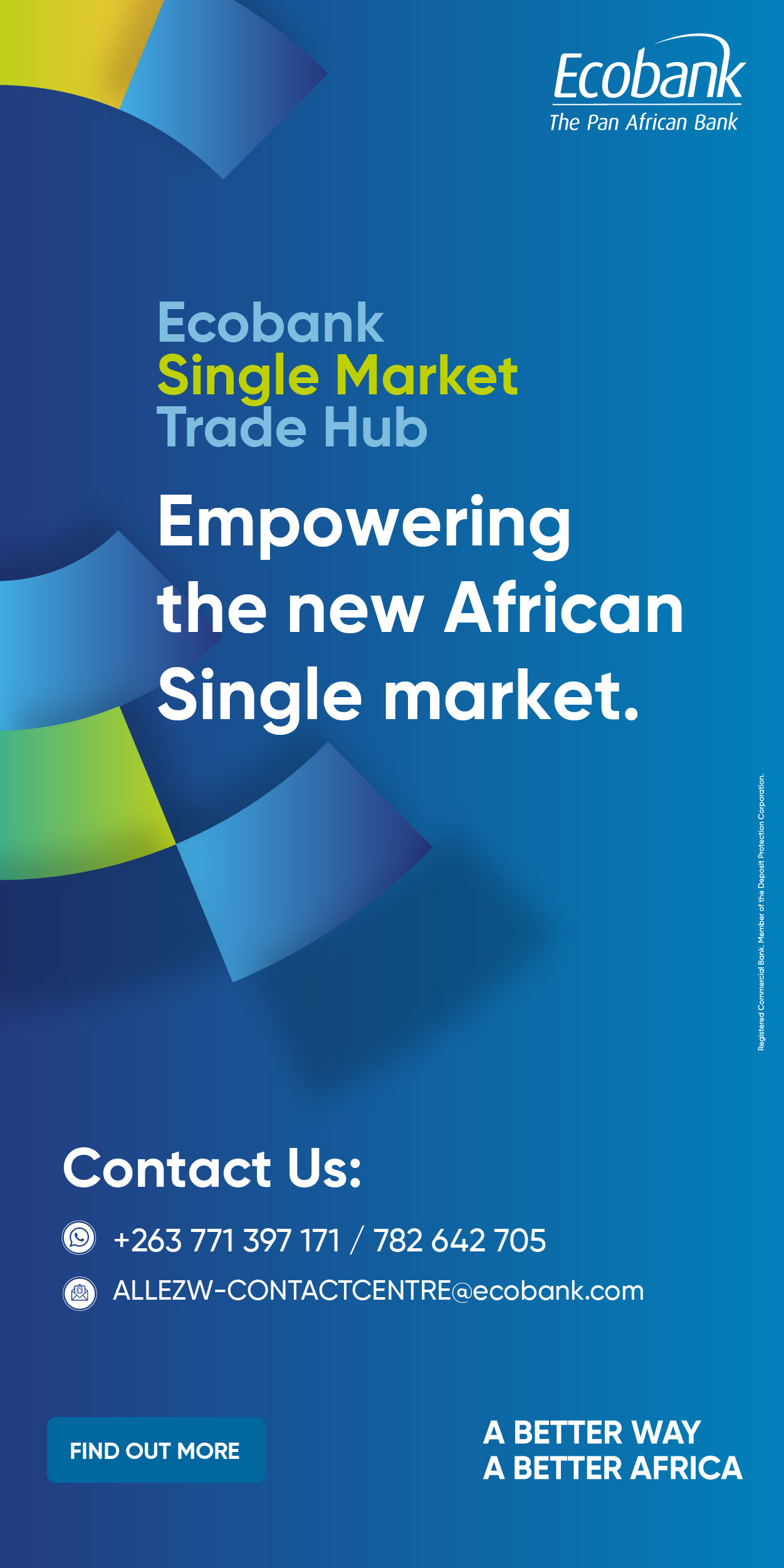- Achieved a 36% year-on-year increase in exports in Q1 2025, supported by an 8% rise in raw milk intake
- Saw a 14% increase in sales volumes, contributing to an 18% revenue growth to $31.3 million
- The company's USD sales share rose from 85% to 95%
Harare- Largest milk processor, Dairibord Zimbabwe Limited’s export performance in Q1 2025 shone brightly, with a 36% year-on-year surge, underpinned by an 8% increase in raw milk intake to 9.95 million liters and a 14% rise in sales volumes.
Despite the government’s 30% surrender requirement for exporters limiting growth to a potential 45% to 50%, this robust export performance highlights Dairibord’s ability to capitalize on global demand for dairy products.
The company’s USD sales share climbed from 85% in Q1 2024 to 95% in Q1 2025, driven by Zimbabwe’s tight monetary policies, which constrained ZWG liquidity at 35% interest rates, pushing consumers and businesses toward US dollar transactions.
While this shift bolstered revenue, which grew 18% to $31.3 million, Dairibord faced headwinds from a 27% ZWG premium (rising to 41% by April), escalating costs for water, electricity, and imported inputs, and fierce competition from the informal sector.
Domestically, Dairibord faced a challenging landscape marked by rising operational costs and informal sector competition. Water and electricity tariffs surged due to infrastructure constraints and inflation, directly inflating production costs.
Imported raw materials, essential for Dairibord’s diverse portfolio, grew costlier amid global supply chain pressures and ZWG depreciation, straining margins further.
The informal sector, offering lower-priced, unregulated dairy alternatives, intensified competition, particularly in price-sensitive segments like liquid milks, which saw a 6% sales decline due to steri milk plant disruptions and a strategic shift toward yoghurt production.
Conversely, the beverages category thrived, posting 24% growth driven by strong demand for Pfuko Maheu and Quickbrew tea, while foods, including yoghurts and Rabroy tomato sauce, grew by 18%.
Global milk dynamics further shaped the company’s operating environment, with rising production costs and fluctuating supply influencing pricing and competitiveness.
At global scale, milk production faced upward cost pressures due to higher feed, energy, and labour expenses, particularly in major producers like the EU and New Zealand.
However, steady demand in emerging markets, particularly in Africa and Asia, supported export growth for companies like Dairibord, whose competitively priced dairy products found traction.
The global milk price index, while stabilising, remained sensitive to supply chain disruptions and geopolitical tensions, increasing the cost of imported inputs like packaging and stabilisers critical to Dairibord’s operations.
These dynamics necessitated a delicate balance: leveraging export markets to offset domestic cost pressures while contending with Zimbabwe’s currency volatility, where the ZWG’s high premium forced companies to sell at a 26% markup when converting to USD for imports, eroding margins.
Dairibord’s heavy reliance on USD sales mitigated some of these risks, but the broader trend toward dollarisation raises concerns about the ZWG’s diminishing role and its impact on economic inclusivity.
However, the shift towards sustainable and organic products globally may require Dairibord to adapt its product offerings or production practices to remain competitive. While the company currently focuses on conventional dairy products, the growing popularity of plant-based and lactose-free alternatives, as noted in the IMARC Group report, could influence future strategies.
Looking ahead, Dairibord’s optimism for Q2, as stated in its trading update—“Growth momentum is expected to continue, supported by consistent product supply” reflects confidence in its operational resilience and export-driven strategy.
However, sustaining this trajectory will require overcoming global milk price volatility, domestic cost escalations, and informal sector pressures.
Strategic pricing, supply chain optimisation, and targeted marketing will be critical to balancing export growth with domestic competitiveness.
Equity Axis News





